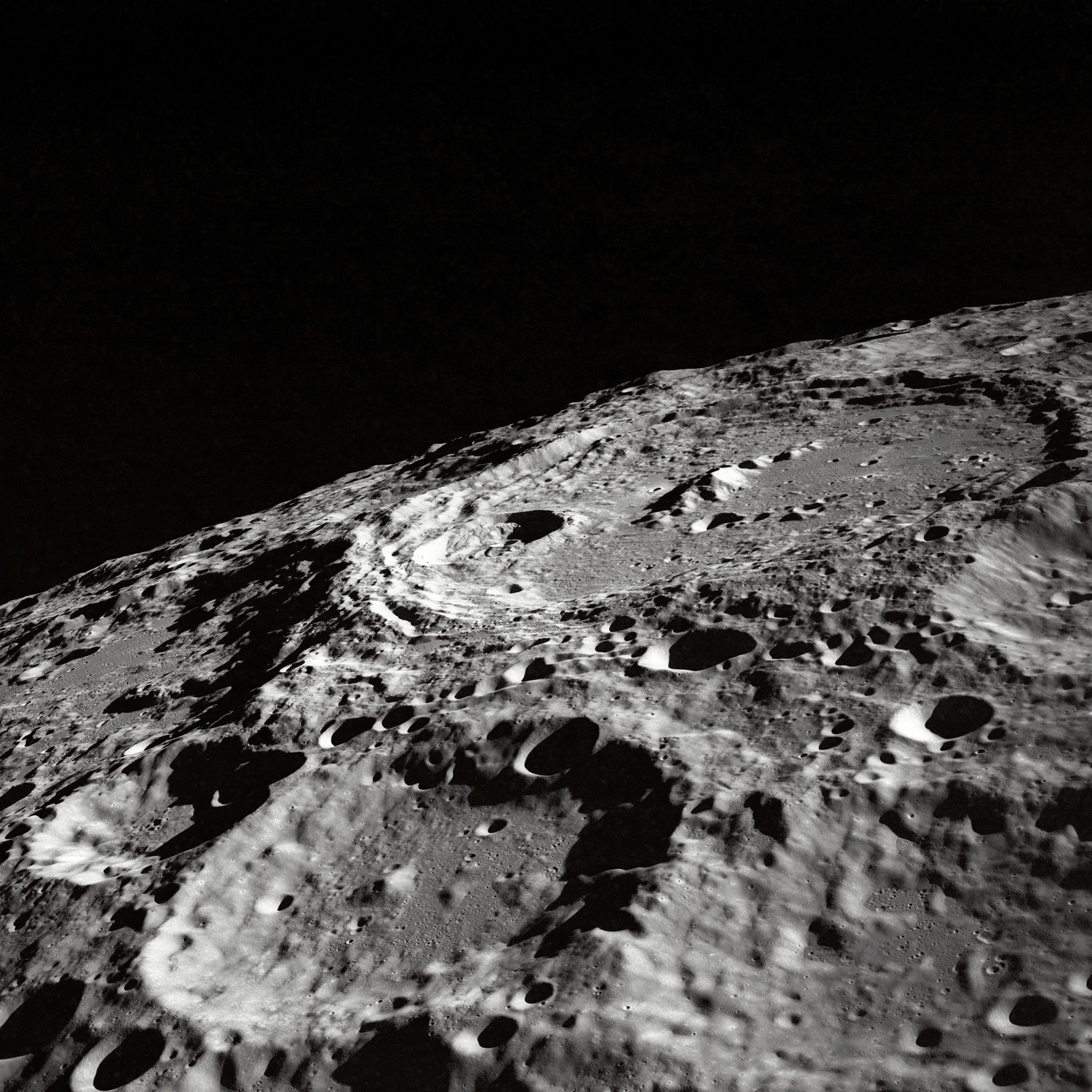Understanding the Moon Phases of June 2016
As we gaze up at the night sky, the moon’s ever-changing shape and luminosity never fail to capture our imagination. Throughout history, humans have marveled at the enigmatic beauty of our closest celestial neighbor. In this blog post, we delve into the moon phases of June 2016, exploring the different stages of the moon’s journey, the scientific explanations behind these phases, and the cultural significance they hold.
The Moon Phases Explained
Before we dive into the specifics of June 2016, let’s briefly recap the moon’s phases and how they occur. The moon has eight distinct phases, which are a result of its position relative to both the Earth and the Sun. These phases include the New Moon, Waxing Crescent, First Quarter, Waxing Gibbous, Full Moon, Waning Gibbous, Third Quarter, and Waning Crescent.
The new moon begins the lunar cycle. At this stage, the moon is not visible from Earth, as the Sun illuminates the side facing away from us. As the moon moves around the Earth, different portions become visible due to the changing angle between the Sun, Earth, and the moon. This dance of illumination leads to the various phases, each with its own distinct appearance.
Astrological Predictions for June 2016
In June 2016, astronomers and stargazers were treated to a fascinating display of moon phases. This month, the lunar cycle commenced on June 5th with the New Moon, when the moon and the sun shared the same celestial longitude. From this point onward, the moon gradually revealed more of its surface, leading up to the Full Moon on June 20th.
Throughout the month, the moon’s orbit brought it into alignment with different constellations, adding to the allure and mystique of June’s lunar phases. On June 7th, the Waxing Crescent moon passed through the constellation Gemini, while the Waxing Gibbous moon graced the night sky alongside Libra on June 13th.
Additionally, June 2016 marked an intriguing event known as the Strawberry Moon. This name originates from the Algonquin Native American tribes who believed this moon signaled the beginning of the strawberry picking season. With its reddish hue and prominent placement in the sky, the Strawberry Moon on June 20th was a true spectacle for astronomy enthusiasts to behold.
Scientific Perspectives
While moon phases have captivated humans for centuries, understanding the scientific reasoning behind these phenomena adds another layer of appreciation. The moon’s phases are primarily a result of two factors: the positions of the Earth, moon, and Sun, and the amount of sunlight that reflects off the moon’s surface.
As the moon revolves around the Earth, its position relative to the Sun changes, which, in turn, affects the portion of the moon visible from our planet. When the moon lies directly between the Earth and the Sun, we observe a New Moon.
During a Full Moon, the Earth positions itself between the Sun and the moon. This configuration allows sunlight to fully illuminate the moon, causing it to appear as a brilliant sphere in the night sky.
For the phases between the New Moon and Full Moon, we have the Waxing Crescent, First Quarter, and Waxing Gibbous. These phases occur as sunlight gradually spills onto the moon from varying angles. Conversely, after the Full Moon, the moon enters the Waning Gibbous, Third Quarter, and Waning Crescent phases, as sunlight wanes until the moon returns to the New Moon stage.
Cultural Significance
Moon phases have played a vital role in human culture, spirituality, and folklore since time immemorial. Various civilizations have developed myths, legends, and rituals based on the moon’s ever-changing appearance.
In ancient times, people depended on the moon’s phases to keep track of time and the changing seasons. Farmers, in particular, used lunar calendars to optimize their planting and harvesting practices. The tide’s ebb and flow, intricately linked to the moon’s gravitational pull, also influenced navigational techniques for seafarers worldwide.
Moreover, the moon’s phases have significant religious and spiritual connotations. Many cultures attribute profound symbolism to the moon, associating it with femininity, fertility, and transformation. The Full Moon, in particular, has been inextricably linked to various celebrations, such as the awe-inspiring Mid-Autumn Festival in China.
Conclusion
The moon phases that graced June 2016 offered a mesmerizing spectacle for both avid astronomers and casual onlookers. As science unveils the secrets behind these natural phenomena, we deepen our understanding and appreciation of the moon’s beauty and its role in shaping our cultural and spiritual practices. Take a moment to gaze up at the ever-changing moon, and let its ethereal glow inspire wonder and awe within you.
Table of Contents
